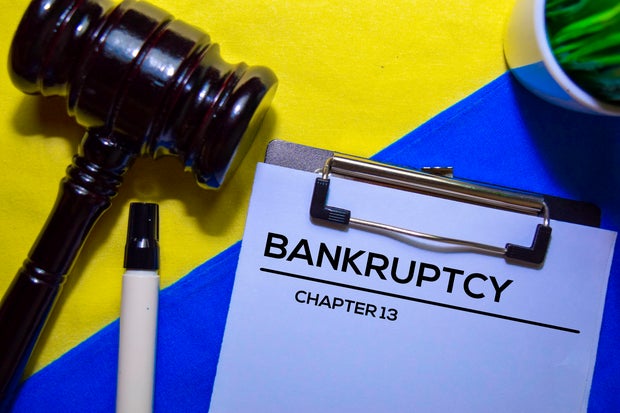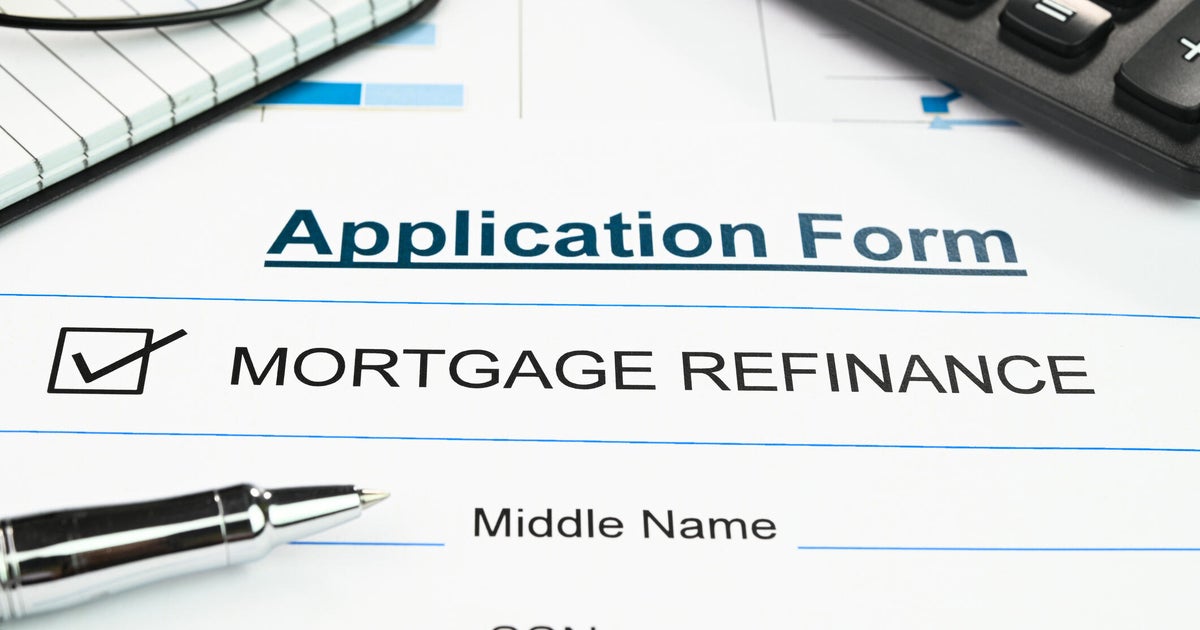 The two-year rule can have a big impact on your timeline for filing a second Chapter 13 bankruptcy case.
Getty Images/iStockphoto
The two-year rule can have a big impact on your timeline for filing a second Chapter 13 bankruptcy case.
Getty Images/iStockphoto
When you've completed a Chapter 13 bankruptcy repayment plan and earned a discharge, the hope is that your financial troubles are behind you. Life doesn't always unfold that neatly, though, especially in today's tough economic landscape. Job losses, medical emergencies or other unexpected expenses and issues can trigger a new round of financial strain, even after a successful bankruptcy. And, in some situations, filing for Chapter 13 once again can provide the structure needed to regain control — but there's a catch.
Bankruptcy law sets out strict timelines governing how often you can receive discharges, which vary based on the type of bankruptcy you previously filed and the type you're filing now. One of the most important of these timelines is commonly referred to as the two-year rule. It pertains to a waiting period that applies if you want to file Chapter 13 again after a previous Chapter 13 discharge, and with this rule, the clock starts ticking earlier than many people realize.
Misunderstanding this rule can have real consequences, especially in terms of getting relief from your debt. Below, we'll examine what the two-year rule actually says — and why it matters.
Find out what debt relief strategies you can use to get your finances back on track.
What's the two-year rule for Chapter 13 bankruptcy?
The two-year rule applies to repeat Chapter 13 filers. Under Section 1328(f)(2) of the U.S. Bankruptcy Code, if you received a discharge in a previous Chapter 13 case, you must wait two years from the date you filed that prior case before filing a new Chapter 13 and receiving another discharge.
This waiting period is measured from filing date to filing date, not from the date your previous case was discharged. Here's an example of how that works:
- Let's suppose you filed your first Chapter 13 case on March 1, 2023, and received your discharge on August 15, 2023.
- If you need to file Chapter 13 again, the earliest date you could do so and still qualify for a new discharge is March 1, 2025—exactly two years from the original filing date of the first case.
If you file for another Chapter 13 bankruptcy earlier than that, the new case can still proceed, but you won't be eligible for a discharge at the end of it. That's a crucial distinction, one that trips up many bankruptcy filers.
It's also important to note that different waiting periods apply if you switch between bankruptcy chapters. For example, the rules are different when you're going from Chapter 7 to Chapter 13. For back-to-back Chapter 13 filings, though, the two-year filing-to-filing rule governs discharge eligibility.
Learn how the right debt relief expert can help you tackle your high-rate debt today.
How does the two-year bankruptcy rule impact borrowers?
The biggest impact is straightforward: If you file a second Chapter 13 within two years, you won't receive a discharge at the end of that case. You may still use the bankruptcy process to catch up on secured debts, like stopping a foreclosure and curing mortgage arrears over time, but you won't get unsecured debts like credit cards or medical bills wiped out. That can limit the usefulness of re-filing for some borrowers. And, it can also have other impacts, including the following:
It can shape the timing of your filing strategy
Because the waiting period starts on the initial filing date of the prior case, not the discharge date, many borrowers can technically refile before their first case closes. But if the goal is to get another discharge, you may need to wait until the two-year mark passes. Sometimes delaying by just a few weeks can make the difference between a dischargeable case and one that isn't.
It can impact your financial planning
If you need to refile for bankruptcy within the two-year window, you and your attorney should carefully assess whether a discharge-ineligible Chapter 13 will still accomplish your goals. For example, if your main concern is keeping your home, it may still be worth it. But if you're looking for broad unsecured debt relief, you may be better off either waiting until the clock runs out or exploring other debt relief options.
It can play a role in creditor negotiations
Creditors and mortgage lenders will view a second bankruptcy differently depending on its structure. A discharge-eligible Chapter 13 may give you more leverage to settle certain debts or enter repayment agreements. A discharge-ineligible case may be less appealing to some creditors, potentially influencing the dynamics of your plan negotiations.
It underscores the importance of precise timing
Because the two-year period is exact, even filing a day too early could make you ineligible for a discharge. So, borrowers should confirm dates from their court records, not just estimates, before filing a second time, as a simple miscalculation can have expensive, multi-year consequences.
The bottom line
The Chapter 13 two-year rule is more than a bureaucratic detail. It determines whether a second bankruptcy case can end in a fresh discharge or simply act as a temporary shield. By understanding how the clock is calculated and planning your filing date strategically, though, you can avoid unintentionally locking yourself out of relief.
Before re-filing, take time to review your previous case's original filing date, speak with an experienced bankruptcy attorney and weigh whether it makes sense to wait for the two-year mark. With careful timing, you can position your second Chapter 13 to deliver meaningful debt relief, not just a temporary pause.
Edited by Matt Richardson


















































